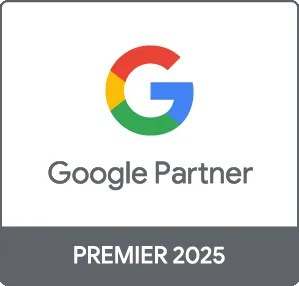In the dynamic world of digital marketing, optimizing your marketing spend is crucial to achieving the highest return on investment (ROI). With the right strategies and tools, businesses can make informed decisions that lead to more efficient marketing campaigns and increased profitability. In this article, we will explore effective tactics to maximize your marketing budget and ensure your dollars work harder for you.
Understanding Your Current Marketing Spend
The first step in optimizing your marketing spend is to understand where your budget is currently allocated. Track your expenses across different channels and campaigns to identify areas of overspending or underperformance. Utilize analytics tools that can provide valuable insights into how each marketing channel contributes to your overall business goals.
1. Set Clear Marketing Goals
Before you can optimize your marketing spend, it’s essential to define clear, measurable goals. Whether you aim to increase brand awareness, generate leads, or drive sales, your budget should align with these objectives. Use the SMART criteria (Specific, Measurable, Achievable, Relevant, Time-bound) to ensure your goals are well-structured.
2. Analyze Past Campaign Performance
Review the performance of past marketing campaigns to identify which strategies yielded the best results. Focus on metrics such as conversion rates, customer acquisition cost, and lifetime value of customers. By analyzing these data points, you can make informed decisions about where to invest or cut back your marketing spend.
3. Leverage Targeted Advertising
Targeted advertising allows you to reach specific demographics and audiences, ensuring your marketing spend goes towards prospects who are more likely to convert. Platforms like Google Ads and Facebook Ads provide comprehensive targeting options based on user behavior, interests, and demographics. Invest in A/B testing different ad creatives to discover which resonates best with your audience.
4. Utilize Marketing Automation
Integrating marketing automation tools can streamline your processes and enhance efficiency. These tools help you manage campaigns, segment audiences, and analyze results without extensive manual effort. By automating your marketing efforts, you free up resources that can be redirected to other impactful initiatives.
5. Continuously Monitor and Adjust
Marketing optimization is not a one-time task; it requires ongoing analysis and adjustment. Regularly monitor campaign performance and be ready to shift strategies based on real-time data. Implement feedback loops to identify successful tactics and areas needing improvement.
Conclusion
Optimizing your marketing spend is an ongoing journey that can significantly impact your business’s bottom line. By understanding your current spend, setting clear goals, analyzing past campaigns, leveraging targeted advertising, and utilizing marketing automation, you’ll be well on your way to achieving better ROI. At Prebo Digital, we specialize in helping businesses effectively manage their marketing budgets and drive impactful results. Ready to overhaul your marketing strategy? Contact us today for a consultation!





